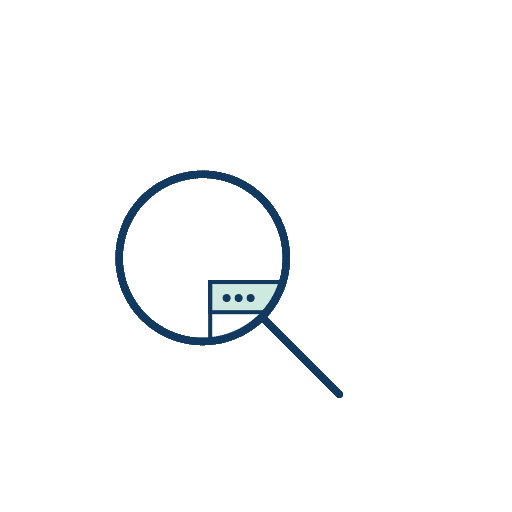Diffusion Probabilistic model (DPM), Variational Diffusion Model
Diffusion models progressively add Gaussian noise to data (forward process) and learn to reverse this process step-by-step (reverse process). At high noise levels, the model recovers coarse, low-frequency structure; as noise decreases, it progressively refines the sample by adding higher-frequency details.
Diffusion models generate images by adding noise and then reversing it. Since white noise has energy across all frequencies but natural images have most energy in low frequencies, high-frequency components lose signal-to-noise ratio (SNR) first, making them harder to recover at early denoising steps.
Gradually add Gaussian noise with Markov Chain to model increasing noise process. Generate images by sampling from Gaussian noise. After that, the model learns to reverse noise into images by denoising process with modeling noise distribution. Due to Explicit likelihood Modeling, it solves the drawback of GAN where it covers less of the generation space.
Marginalization
Forward process
which means
When we consider it as a form of Fourier Transform, we can interpret as a Linear Combination of and Gaussian Noise
Reverse process with
variational posterior
Reverse KL Divergence for model seeking and to generate more expressive data. The model learns the reverse transition by matching the variational posterior.
is the neural network we are training.
When it is normal distribution
Reparameterization trick
We compute KL of forward process and reverse process to get the Loss. To define the loss, the problem is reparameterized to predict the noise at step t rather than the structure, which empirically demonstrated to improve performance. Also, we leverage forward process's sampled reparameterized to ensure the variational posterior differentiable.
- is often fixed at 1 regardless of the step
- is a neural network instead of
Network Architecture
UNet like CNN image to image model is used as the reverse denoiser, often with Attention Mechanism during later compression/decompression stages such as Cross-Attention and image patches. Diffusion uses Positional Embedding for each time step. which prevents effective extrapolation like transformer do not.
Integral
The statement "denoising = integration" refers to the continuous-time perspective, where diffusion/flow-based generation is formalized as following the solution of a differential equation that continuously moves the state from noise to data. Rather than "removing noise all at once," it involves accumulating "small denoising actions" tens to thousands of times (through integral approximation) to create the final image.
Classic DDPM is a "discrete-time" Markov Chain that repeats denoising steps (step-by-step updates rather than integration), but from a continuous-time perspective, it ultimately connects to numerically solving the reverse SDE. DDIM / probability-flow ODE / flow matching / rectified flow approaches explicitly take the form of directly integrating an ODE from the start.
Diffusion Model Notion
Diffusion Model Usages
Diffusion Models
Tutorial
smalldiffusionyuanchenyang • Updated 2025 Dec 15 19:36
smalldiffusion
yuanchenyang • Updated 2025 Dec 15 19:36
Through noise prediction, we can mathematically prove that the denoiser can be viewed as an "approximate projection" onto the data manifold, equivalent to the gradient of a smoothed distance function (Moreau envelope). Gradient of a smoothed distance function to the manifold is equivalent as denoiser output, as a metaphor, trained denoiser generates force vectors that gradually bend towards the data manifold.
Then, DDIM can be interpreted as gradient descent, combining momentum and DDPM pddtechniques to improve convergence speed and image quality.

 Seonglae Cho
Seonglae Cho